Anemone: [Cultivation, Irrigation, Care, Pests and Diseases]
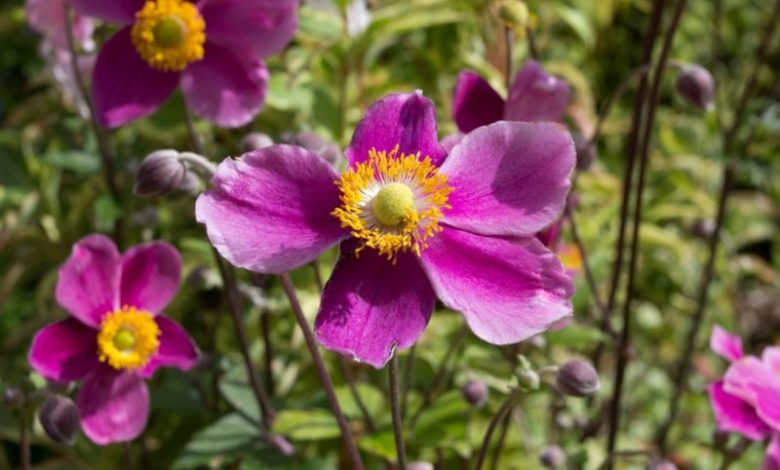
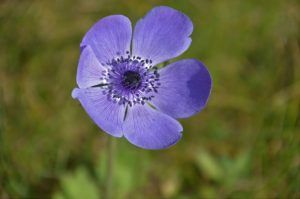 Anemones are plants that belong to the genus Anemone, made up of about 120 species, among which is the anemone coronaria, one of the best known in the world.
Anemones are plants that belong to the genus Anemone, made up of about 120 species, among which is the anemone coronaria, one of the best known in the world.
It is suggested that the anemone’s name originates from the Greek word «anemos» meaning wind, referring to the way the flower’s fluffy seeds seem to spread through the air.
As a genus, anemones are native to southern Europe and Asia, but are distributed in temperate zones throughout the world. It is considered to be a species with primitive characters and traits as it lacks petals.
Many of the species are frequently used in flower arrangements or as ornamental flowers in gardens and landscaping projects.
Important points when sowing anemone:
- Scientific name: Anemone coronaria.
- Common Name: Adonis, wind flower, poppy anemone, Spanish marigold.
- Height: 20 to 35 centimeters.
- Light Need: Sun and partial shade.
- Temperature: Temperate climates (5ºC-18ºC).
- Irrigation: Moderate.
- Fertilizer: Organic fertilizer.
What characteristics does the anemone have?
The anemone is a plant with large and showy flowers. It is usually called poppy anemone because of its great resemblance to the poppy (Papaver rhoeas). They can be of different colors: white, red, blue or yellow. To begin with, anemones are perennial plants with tuberous roots and stems.
They normally measure between 20 and 34 centimeters in height, although they can sometimes reach 60 centimeters. The leaves of the anemones are green and are arranged symmetrically along a petiole, an arrangement similar to that of a bird’s feather.

The flowers are cyclic, with a bulbous receptacle in the center surrounded by 5 to 15 broad, conspicuous tepal-like petals. They bloom during the months of April, May and June. The fruits of the plant have small pappus that allow the seed of the plant to fly and spread with the action of the wind.
When to sow the anemone?
Winter annual anemones are generally planted during the months of August through December to encourage the flowering stage throughout the spring months of the following year.
On the other hand, summer annual anemones are planted during the months of January to July so that they mature during the fall of that same year.
Where to plant the anemone?
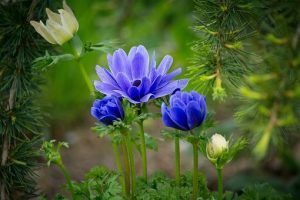 Coronary anemone is grown annually in cold climates, at temperatures ranging from 5ºC to 18ºC throughout its development process.
Coronary anemone is grown annually in cold climates, at temperatures ranging from 5ºC to 18ºC throughout its development process.
It is possible to plant it in full sun in temperate climates. However, it develops better in semi-shaded or shaded sites, with ambient humidity.
How to prepare the land?
Anemones grow best in porous soils that contain a minimum percentage of 75% sand and with a pH of 6 to 7. It is important to improve it with organic matter such as well-decomposed manure and peat. An ideal substrate for growing anemones is composed of the following:

After the initial stages of growth, a liquid calcium nitrate-based fertilizer can be applied to encourage plant growth. However, nitrogen should not be abused since it can delay flowering.
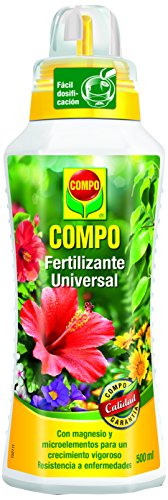
How do we water the anemone?
Irrigation for anemone cultivation should be moderate and frequent so as not to harm its development or promote root rot.
By mechanical means, drip irrigation is recommended, specifically the T-Tape tape system, as it reduces water consumption, improves crop quality and increases yield. By manual means, irrigation by hose or watering can is recommended.
How often do we water the anemone?
It is necessary to watch that the substrate does not dry out when the plants are still small, especially during the first two weeks. Watering should be abundant, once a day, as the roots will absorb enough to make the plant sprout.

Once plants are established, watering frequency should be decreased to 2-3 times per week in hot climates so that the growing medium is cool but not saturated. In hotter, drier climates, it will need to be watered more often. In the colder months, watering should be suspended.
How to plant an anemone step by step?
The anemone can be cultivated by seeds, or multiplication by suckers.
by seeds
- In a seedbed, place two seeds in a sterile, porous, well-drained substrate one centimeter deep.
- Place it in a germination chamber or in a place where the temperature ranges between 16ºC and 20ºC. Maintain constant moisture in the substrate.
- After a week, when the radicle has appeared, it should be covered with a light layer of peat moss with vermiculite and the seedbed moved to a place with low lighting.
- By the third week, when germination is complete, the seedbed should be moved to a well-ventilated, low-humidity greenhouse.
- Transplant to pots when seedlings have developed 4-6 true leaves.
by children
- Carefully separate the suckers that usually sprout from the plant during the fall.
- Rest the rhizomes or bulbs of the plant in water for 24 hours.
- Transplant the small plant to a pot with a prepared and well-fertilized substrate at a depth of 5 to 8 centimeters.
- Water abundantly and protect it from the intense rays of the sun.
What care does the anemone need?
The anemone plant can be damaged if it is located in an area exposed to drafts. If this is the case, it is advisable to use a barrier that works as a windbreak and thus protects the plant.
On the other hand, in areas where the temperature drops a lot, it is advisable to mulch the roots of the plant so that it is not affected. This can be done with straw and pine needles.

To increase the life of anemones in the vase, it is recommended to hydrate them with a 3% sucrose solution for a period of 24 hours after they have been harvested.
What pests and diseases affect the anemone?
Among the most common diseases that affect the anemone, botrytis, leaf leprosy, anemone leaf curl, rhizoctonia and pythium have been reported.
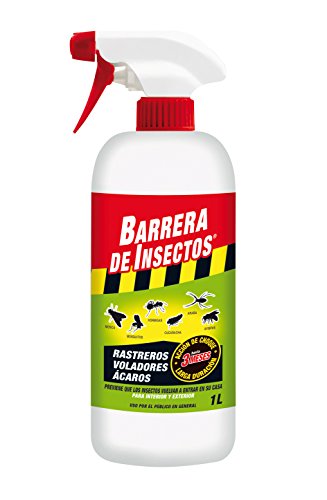
References
- http://www.floraiberica.es/floraiberica/texto/pdfs/01_036_12_Anemone.pdf
- https://www.mapa.gob.es/ministerio/pags/biblioteca/revistas/pdf_Hort/Hort_1986_28_28_32.pdf
- https://sakataornamentals.com/wp-content/uploads/sites/2/2020/09/Anemona-Harmony-Espanol-1220-SAKATA.pdf
- https://en.wikipedia.org/wiki/Anemone
- https://nanopdf.com/download/anemona-mona-lisa_pdf
- https://agrojardin.com/anemone-coronaria-characteristics-and-care/
- https://www.ecologiaverde.com/seguros-de-la-anemone-coronaria-3023.html

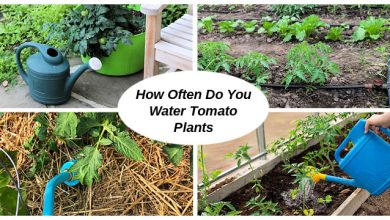
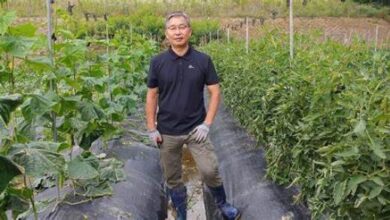
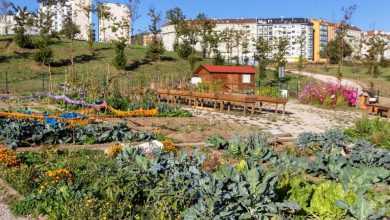
![Photo of Prune Fig Trees: [Importance, Season, Tools, Considerations and Steps]](https://www.complete-gardening.com/wp-content/uploads/2022/08/prune-fig-trees-importance-season-tools-considerations-and-steps-390x220.jpg)